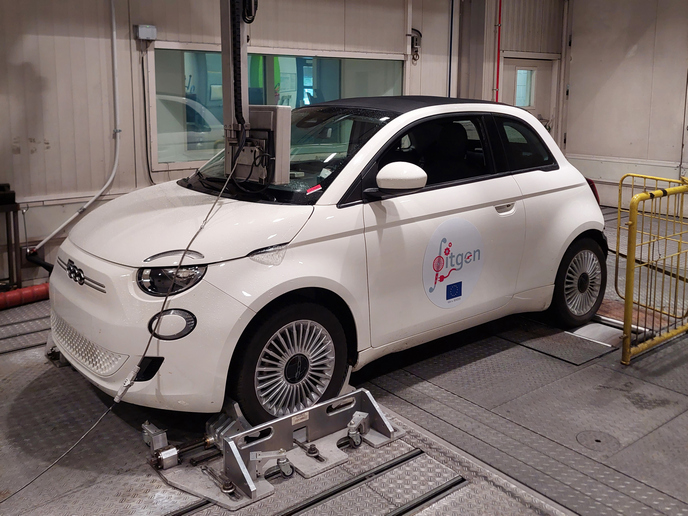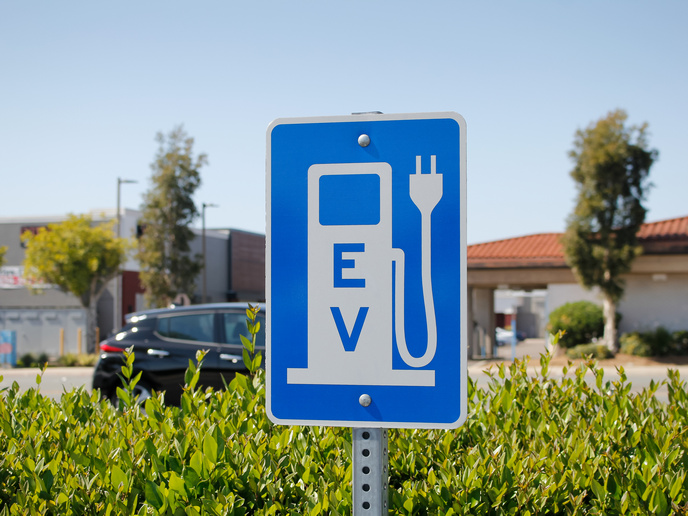Heating up the electric vehicle market
When driving your car on a cold winter day, you probably don’t even think about staying warm. You simply start the engine, adjust the heat and set off. The reason you don’t freeze while driving is that the car’s internal combustion engine produces residual heat that warms up the inside of the vehicle. But as the market shifts towards the electric vehicle (EV), a new problem arises. Lacking an internal combustion engine, EVs are unable to generate residual heat – leaving drivers and passengers in the cold. “To warm up the cabin, energy must be extracted from the car’s batteries, which greatly affects the electric vehicle’s range,” says Ute Maxi, who coordinates the EU-funded MAXITHERM (Innovative textile-based heating system for technical applications with a special focus on Electric Vehicles) project. “This limited range – especially in cold weather – is a significant roadblock to the mass uptake of electric vehicles in Europe.” Hot mats for EVs To overcome this barrier, MAXITHERM researchers developed an alternative heating system for EVs that reduces electricity use by 30 %, increases overall range during cold weather and maintains passenger comfort. “The MAXITHERM heating system integrates a technical fabric comprised of both electrically conductive and non-electrically conductive fibres directly into the vehicle’s structure,” explains Rafik Maxi, the project’s technical manager. “The system provides direct and fast heat to passengers and is more cost-efficient than any solution available on the market today.” MAXITHERM heating mats utilise MaxiTex, a patented heating system owned by one of the project’s partners. MaxiTex consists of a special control system and a textile capable of dissipating heat homogeneously over an entire surface. The MAXITHERM mats are placed under a vehicle’s roof and carpets, into the seats and seat backs and along the door panels. “With this system, it is possible to control the heating intensity and the maximum temperature independently,” says Rafik. “The temperature threshold can be set up for each area of the vehicle separately, providing you with maximum flexibility in terms of setting temperature preferences for each occupant.” An attractive solution Ute notes that the prototype vehicle has proved successful, offering high-efficiency and low energy consumption. “We are now monitoring its behaviour under real driving conditions, and this autumn and winter we will be able to measure real values in Germany’s harsh weather conditions,” she says. The project is currently working with a number of automotive manufacturers who are interested in installing the system (or parts of it) into their vehicles. The team is also seeking additional funding to support further upscaling and marketing of the MAXITHERM system. “To a critical extent, we successfully developed a system that could serve as a solution for driving electric cars – or any other means of electric transportation – in cold weather without losing range,” concludes Rafik. “As our solution helps EVs overcome the issue of limited range, MAXITHERM is attracting the attention of some global players in the automotive industry.”
Keywords
MAXITHERM, electric vehicles, EV, MaxiTex







